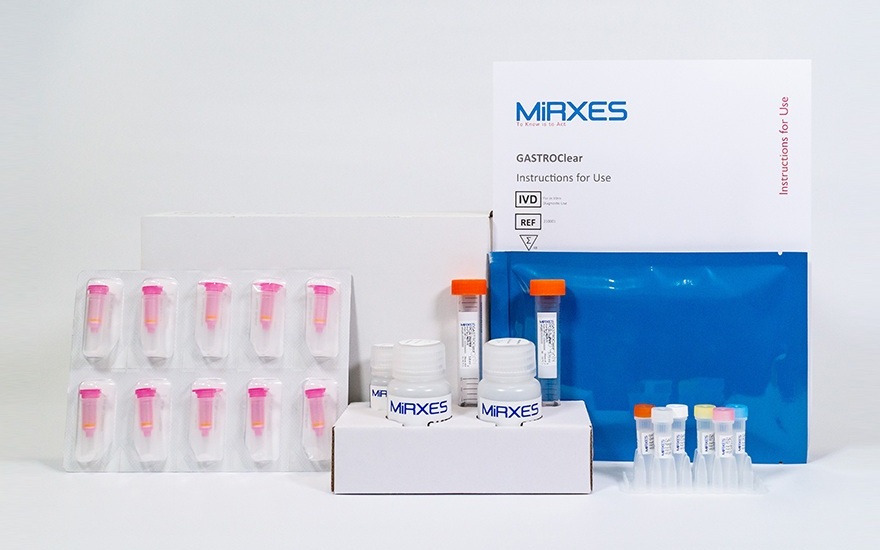New High-Throughput Microscopy and Machine Learning Systems Identify and Classify DNA Repair Factors
Posted on 04 Feb 2022
A team of researchers has developed high-throughput microscopy and machine learning systems that can identify and classify DNA repair factors.
The highly sensitive method for visualizing DNA repair mechanisms at work was developed by researchers at Massachusetts General Hospital (Boston, MA, USA) who also used the technique to identify nine new proteins that are involved in DNA repair. The finding can help researchers develop new cancer drugs, as well as methods for improving the effectiveness of existing therapies.

The DNA that lies tightly coiled in nearly every human cell is subjected to thousands of insults and injuries from within and without daily, which is why the human body has evolved multiple highly effective mechanisms for repairing DNA damage. DNA damage repair is a double-edged sword: When it goes awry, it can lead to diseases such as cancer and degenerative motor disorders, but it can also be exploited to treat many forms of cancer using drugs that interfere with DNA’s ability to fix itself, thereby causing cancerous cells to stop replicating and die. Previous studies of DNA repair mechanisms were performed using systems developed by biochemists to purify proteins, but these systems have relatively low yields or “throughput.
The new technique is a combination of high-throughput microscopy and machine learning. The investigators first developed a high-throughput microscopy test to analyze how proteins are attracted to or excluded from double-strand DNA breaks. With this system they generated a library of 384 mostly unknown factors and were able to identify which of these proteins are called into action when DNA damage occurs. They then performed a proof-of-principle study, following one specific factor labeled PHF20 that is kept away from the site of DNA damage, and discovered that PHF20 is excluded because it can interfere with recruitment of another critical DNA repair factor labeled 53BP1. The systems developed by the researchers could help improve the treatment of breast and ovarian cancers caused by mutations in the cancer susceptibility genes BRCA1 and BRCA2. These cancers are treated with a class of drugs known as PARP inhibitors that work by inhibiting a particular DNA repair factor.
“We have in place exquisite mechanisms to repair DNA breaks, and when those fail, we end up with disease. We accumulate genomic instability, we accumulate mutations, and many diseases happen because of the inability of cells to repair DNA,” said Raul Mostoslavsky, MD, PhD, scientific co-director of the MGH Cancer Center and the Laurel Schwartz Professor of Oncology (Medicine) at Harvard Medical School.
Related Links:
Massachusetts General Hospital







 Analyzer.jpg)






